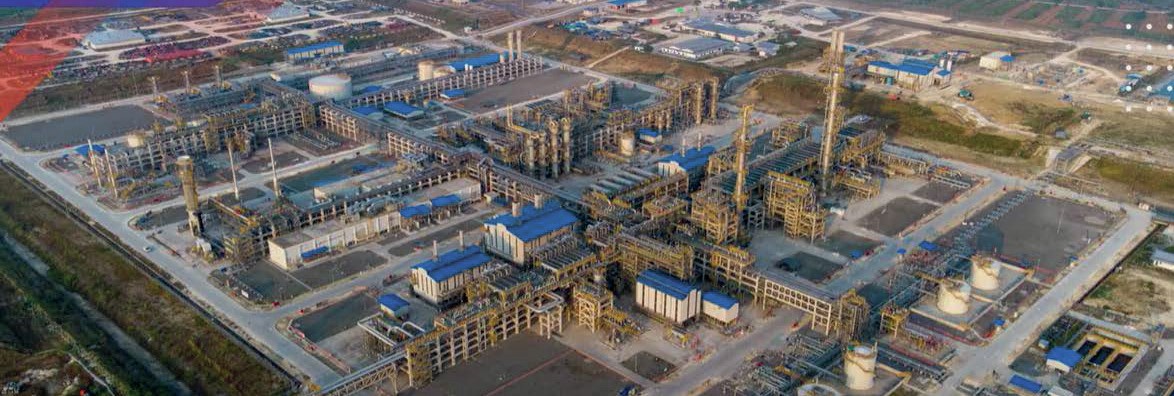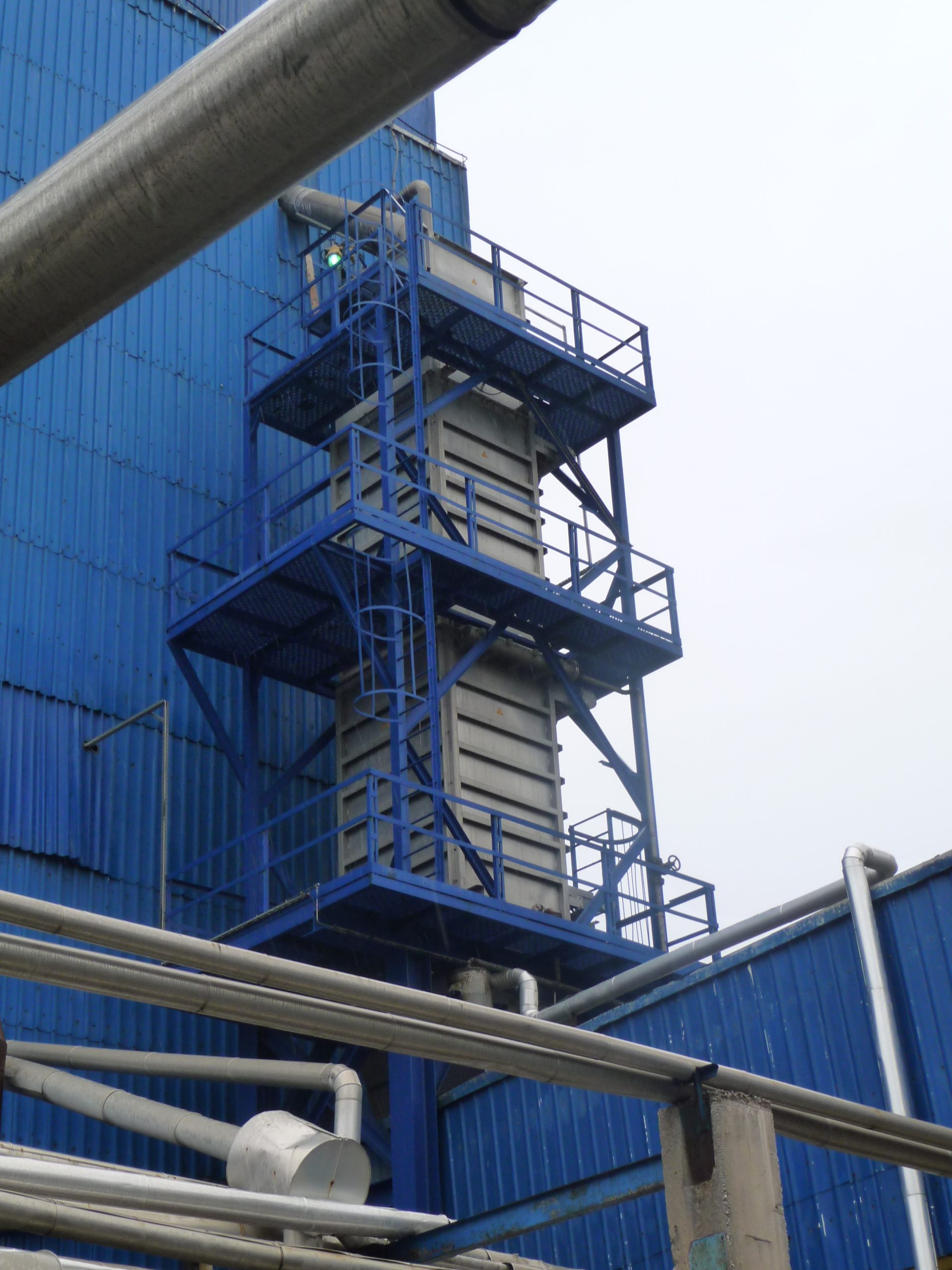Fertilizer International 508 May-Jun 2022

31 May 2022
The flexible green ammonia plant
SUSTAINABLE PRODUCTION TECHNOLOGY
The flexible green ammonia plant
Economically viable production of green ammonia requires plants that can react to fluctuations in renewable power thanks to their flexible design. Casale’s Francesco Baratto, Giovanni Genova and Sergio Panza explain how new tools are helping design green ammonia plants that deliver the highest possible production at the lowest possible cost.
Developing a green economy has become a priority for many nations. This includes the large-scale expansion in renewable energy needed to meet ‘net zero’ climate and energy targets by 2050.
Indeed, recent growth in renewable energy in countries such as Germany, Uruguay, Chile and Brazil has exceeded forecasts. Other well-known countries such as Australia and Japan have also made renewable energy generation a strategic part of their future economic plans. Regions such as the Middle East, meanwhile, are already pressing ahead and developing large-scale green energy projects.
In future, the availability of abundant renewable energy will become crucial for the fertilizer industry – and potentially redraw the global production map by changing where ammonia can be economically manufactured. Despite its great potential, dealing with the variability and seasonality of renewable power sources remains a big challenge for ammonia synthesis.
Casale’s green ammonia technology
Casale is the world’s oldest licensor for green ammonia technology, having built the first ‘fully green’ ammonia plant about 100 years ago in Italy. The electrolysers in this pioneering plant ran on hydroelectric power and provided a dedicated supply of hydrogen to an ammonia synthesis loop.
Today, Casale offers a wide range of modern technologies focused on but not limited to ammonia synthesis. Importantly for this article, these technologies encompass the full scope of green ammonia production.
Casale is also a supplier of engineering components for other sections of the green ammonia plant such as hydrogen and ammonia storage. The company also possesses expertise in the digitalisation and optimisation of green ammonia plants, green ammonia usage, and the subsequent conversion of ammonia into either green hydrogen or nitrogen fertilizers.

Designed for intermittency
The energy for green ammonia plants, unlike conventional (grey) ammonia plants, comes from renewable sources. These often fluctuate causing hydrogen and nitrogen generation to vary. Such operational interruptions can increase production costs if more capex is required to stabilise these fluctuations. To avoid this, the design of green ammonia plants needs to be more flexible to cope with intermittency and other challenges.
Casale’s green ammonia plant design incorporates a number of innovations that make it more flexible to operate. These include new elements (e.g. electrolyser, hydrogen storage), new interfaces between these elements, and a unique control system (Figure 1). Its innovative and flexible design offers significant cost advantages, in comparison to conventional ‘inflexible’ green ammonia synthesis, by requiring less hydrogen storage capacity.
New dynamic tools to optimise design
Casale has been able to develop a uniquely flexible green ammonia process thanks to its understanding and mastery of the dynamics of ammonia production when this is powered by renewable energy. The company has developed new dynamic tools specifically for this purpose:
- gNH3 Optimiser: this tool optimises energy utilisation and the pre-sizing of plant components. It also optimises overall process control so that the plant operates at the highest possible output and the lowest possible cost (levelised cost of ammonia, LCOA). Optimisation takes account of the yearly profiles for the renewable power unit and exploits the flexible design features of Casale’s green ammonia plant.
- gNH3 Dynamic Model: this tool is a dynamic process model of the plant which can simulate the process using scenarios based on real fluctuations in the renewable power profile. It allows fine tuning of the system, troubleshooting and scheduling.

These tools can dynamically analyse and determine the following:
- Renewable power profile
- Grid power, if available, although ‘off grid’ island mode generation can also be an option
- Electrolysers: specifies their optimal size
- Hydrogen storage: including sizing, control philosophy and plant integration
- Ammonia plant: its unique and independent controls
- Nitrogen generation: suggests the optimal N2 profile
Case study: analysing real power profiles
Casale has analysed real power profiles generated in strategic regions for renewable power production. These include profiles of onshore wind systems in the US and EU, and solar PV systems in the US and Chile (Figure 2). The aims were two-fold:
To understand the impact of the location, source and availability of renewable power on the economics of green ammonia production
To demonstrate how Casale’s flexible approach to green ammonia production can generate ammonia output at the lowest cost.

To enable a proper comparison, it was assumed that each of the four different power profiles would need to cumulatively generate sufficient yearly renewable energy for a 45 tonne/day ammonia plant.
As might be expected, the two solar PV power systems have the same day-to-night profiles. However, the energy generation from the Chilean solar PV system, from a seasonality point of view, is more stable across the year compared to the US system. Comparison of the onshore wind profiles revealed that while the US system has a higher capacity factor, it also shows higher seasonality, relative to the system at the northern EU location.
The gNH3 Optimiser tool was used to calculate the production costs (LCOA) achieved by Casale’s flexible green ammonia unit. This is capable of operating at a 10-100 percent load range and a 100 percent load change per hour.
For the US PV system, Casale’s flexible green ammonia approach reduced productions costs (LCOA) by up to 35 percent, versus a more rigid conventional green ammonia process (70-110% load flexibility) (Figure 3). The adoption of a flexible synthesis loop also reduced the hydrogen storage requirement by more than 20 times.
For the other power profiles, Casale’s flexible green ammonia process similarly reduced production costs, although to different extents. The northern EU onshore wind system, for example, would benefit from a 35 percent LCOA reduction, versus a five percent LCOA reduction for the Chilean solar PV system.
In summary, the results of this economic analysis show that Casale’s green ammonia process can achieve significant benefits. Its flexible synthesis loop, by adapting to fluctuating renewable power profiles, can deliver green ammonia at competitive production costs (final LCOA).





